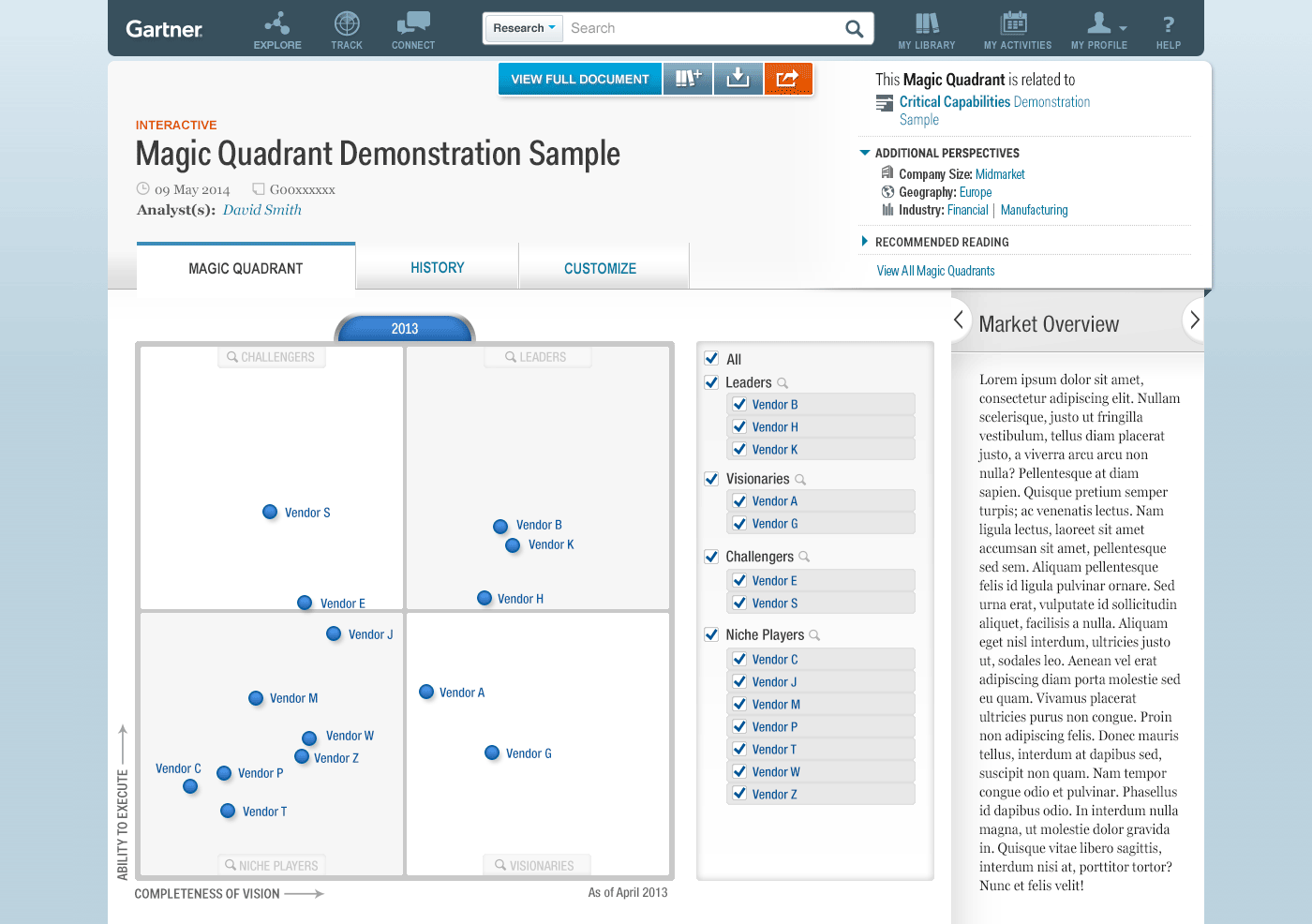The IT service market is rapidly changing in terms of the onshore and offshore distribution of business. Even more, with the dominant presence of the cloud and overwhelming presence of IT applications, the emphasis is now increasingly on IT as a way to implement digital transformation across the enterprise and not just piecemeal projects. Not surprisingly, different providers are reacting to the new imperative in different ways.
The way you used to evaluate your enterprise’s IT service providers earlier may not work well now. Here are a few aspects of how you can evaluate your enterprise’s IT service providers in this complex, dynamic landscape.
Onshore vs. offshore

Many providers have understood the need for maintaining a strong customer-side presence. Such a presence is needed for implementing complex transformational initiatives, for enabling your organization to become nimble in terms of responding quickly within your own time zone, and for satisfying legal requirements. Still, some providers are some ways behind in this journey, stuck with somewhat of a labor arbitrage mindset.
Based on your specific need, it is very important for you to evaluate the onshore-centric capabilities of your service providers versus them being purely offshore. You can change the weighting in your evaluation scorecard accordingly. If you have a number of transformational projects in the pipeline, then the weightage for this factor would be high. If not, you can reduce the weightage.
Nearshore capabilities
It is very important to consider the nearshore capabilities of a provider when evaluating it. Nearshore capabilities provide a nice balance between onshore and offshore capabilities, both in terms of billing rates and in terms of skills. While nearshore is certainly not cheap, it comes at rates typically midway between onshore and offshore billing rates. The biggest advantage with nearshore capabilities is that it gives you the ability to work in virtually the same time zone or one close by, at a much lower cost, with reasonably comparable skill levels.
Nearshore capabilities are particularly important if your engagements need fast responses from within the same time zone or your projects demand a lot of rapid back-and-forth type of interaction between the onshore team and the offshore/nearshore team.
Prior work record
One of the most important aspects when evaluating your enterprise’s service providers is their prior record of work. Generally presented in the form of case studies, this is probably the most important factor in conducting the evaluation. The list of case studies should be exhaustive and be representative of various kinds of projects. Particularly, pay attention to case studies pertaining to projects for clients who are in your revenue size range and the same geo region as you. If you are a multinational, you should give more importance to case studies of projects executed for other multinational companies.
While evaluating case studies, make sure to see the extent to which the provider has experience across different phases of the system-development life cycle (SDLC). There are some providers who are specialized in testing, for instance. There is nothing wrong with that, but it would go against them being considered for projects that demand full-blown development skills.
Experience with digital transformation
In the current context, one of the greatest imperatives is for providers to have experience with digital transformation. While all engagements need not involve digital transformation, it is important to engage with vendors with digital transformation experience so that they understand the big picture and are able to connect the dots when needed. Take, for instance, a project in which you are seeking bids to upgrade printing and scanning infrastructure across an entire division. While at the surface level, this may not seem to have anything to do with digital transformation, a provider with digital transformation experience may see possibilities for implementing digital printing and scanning, anytime, anywhere from within the organization.
While a legacy provider may not see the possibilities of leveraging smartphone scanning capabilities, a provider with a digital transformation work record may be able to see user cases where users can use the smartphone scanners to get work done in the office with the BYOD concept.
Any red marks on legal compliance?
While quality of delivery is critical, even more important than that is whether an organization has a clean history in terms of legal compliance. For instance, if an organization has had visa-related issues the past, or has been sued for damages by clients owing to deficiency in delivery, then such occurrences would definitely go against the service provider. Other forms of compliance-related red flags include those from the stock market, such as sanctions for insider trading or accounting problems.
Analyst reports

One critical avenue by which you can evaluate your IT service providers is from the multitude of reports produced by analyst firms like Gartner, Everest, and IDC, among others. Most of these providers conduct very detailed evaluations of vendors after sending them questionnaires, which can give you a complete picture of how strong they are in a particular segment. The analyst firms do not stop with checking the answers to the questionnaires. They also do a follow-up with client references and get direct client feedback. Gartner, for instance, publishes what they term “magic quadrants,” where they show the leader and laggard positions for all the leading IT service providers in specific areas like application outsourcing. These reports can be a very valuable source of information with which to evaluate your providers.
Financials and stock price trends
Finally, financials and stock price trends can also be a good way by which you can evaluate service providers. In particular, revenue and profitability trends over the past few quarters combined with estimates for the next few quarters can be quite revealing. Needless to say, the stock price trends for the past year combined with projections for the next year can also be a very good barometer as to how well the company has been doing and its outlook for the near future.



